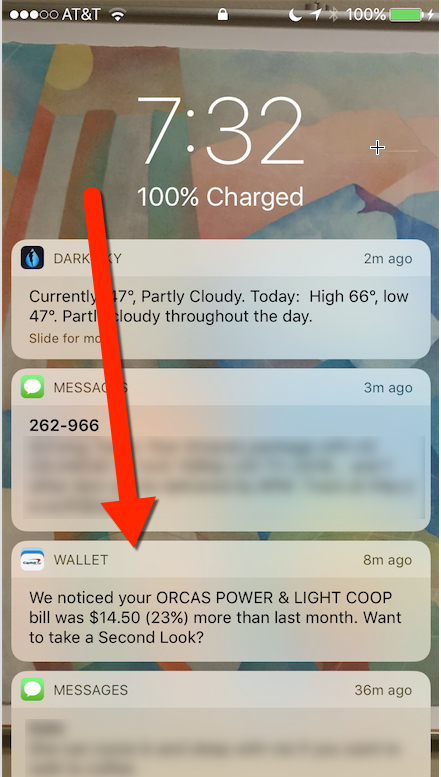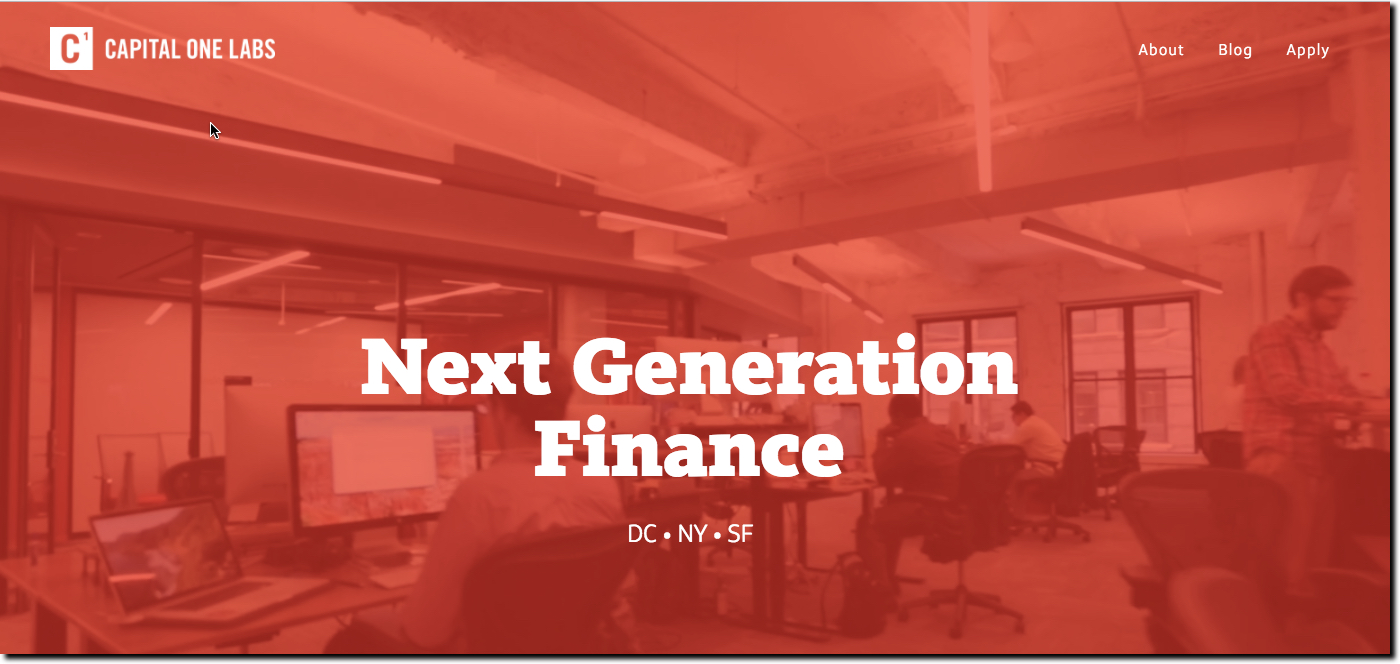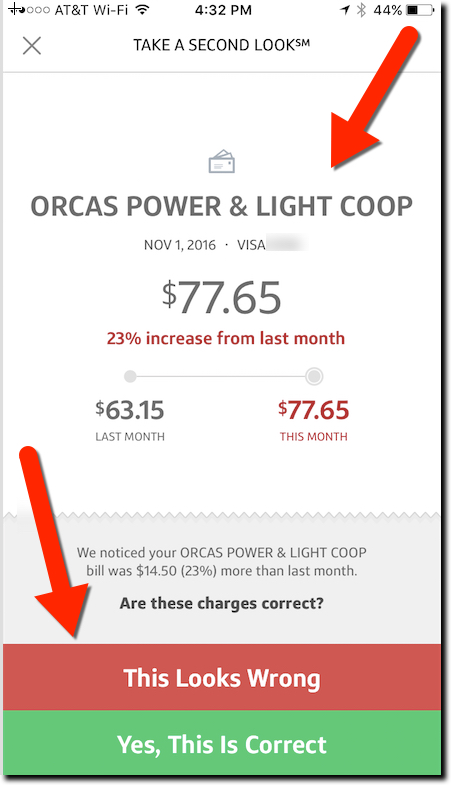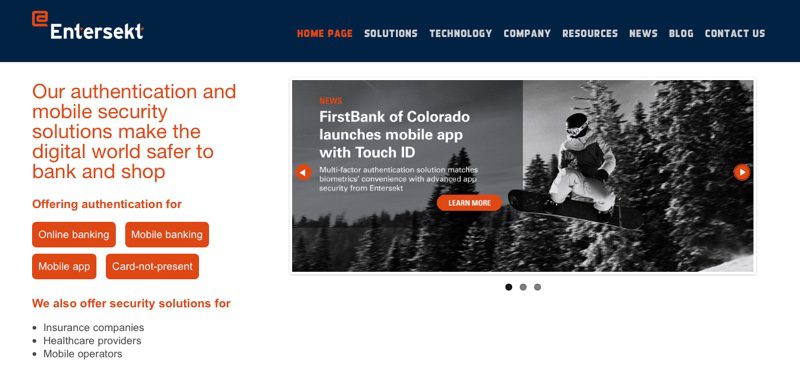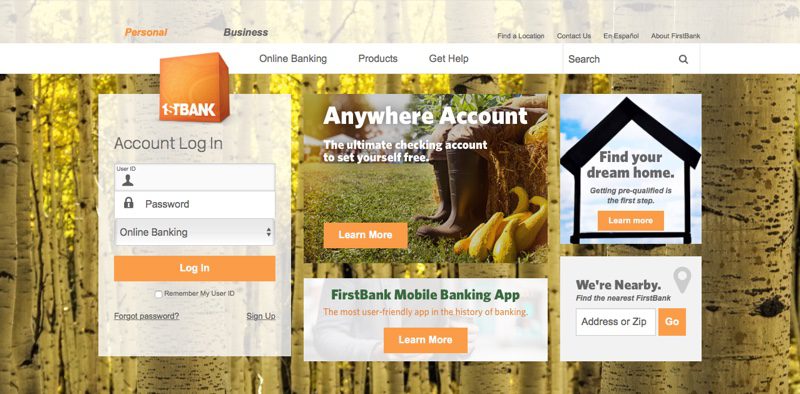The year is winding down, but FinDEVr New York is gearing up. With the first speaker deadline days away, we’re receiving applications from dozens of organizations eager to showcase their new and trending tools, APIs, and platforms for the financial services industry. If this describes your company and technology, then consider adding FinDEVr New York to your 2017 schedule.
For presenters, FinDEVr is a powerful platform to:
- Drive product adoption of APIs/platforms/SDKs
- Showcase new technology and the inspiration behind it
- Establish technical leadership of the industry while educating the market
- Garner press recognition and gather feedback on innovations
Since its launch in 2014, FinDEVr has experienced great momentum. The series outgrew its San Francisco venue in two years and recently wrapped its best event yet in Silicon Valley. The record-breaking launch of the East Coast event this year reinforced New York as a hub for financial and banking technology development.
After outgrowing its venue in a single year, FinDEVr New York is moving to the Metropolitan Pavilion. This venue is not only a great escape from vanilla hotels, but also will hold a bigger event with 50+ presenting companies and 400+ CTOs, developers, software architects, UX designers, engineers, and product managers.
For more information on speaking, please review the brochure for prospective presenting companies here: newyork2017.findevr.com/presenterpdf. And then fill out the online application here: newyork2017.findevr.com/application.
Applications are reviewed on a rolling basis. Apply by the first speaker deadline on Friday, November 11, and an early-bird discount will be applied to the presenter fee if you’re selected for the event. If you have any questions, please email [email protected].

FinDEVr Silicon Valley 2016 is partnered with Finmaps, Government of Canada, Harrington Starr, and SecuritySolutionsWatch.com.

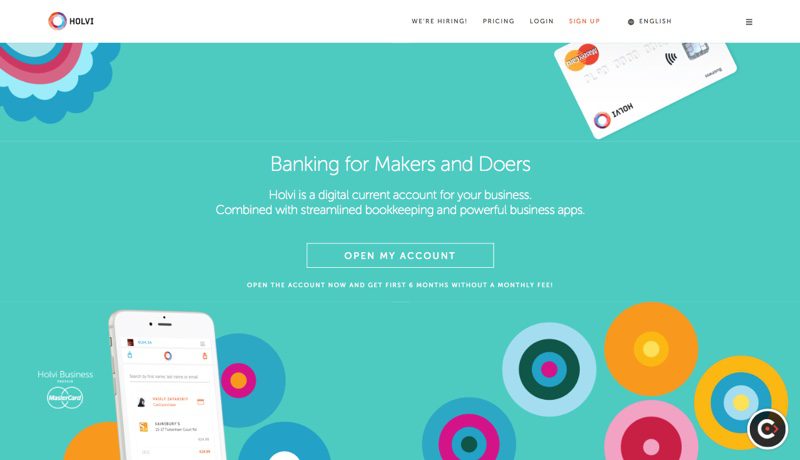
 Prior to his more than three-and-a-half years as CEO of Sulake, Suominen was head of international business development at Elisa, and head of entrepreneurial activities at Nokia Americas Bridge Program. Suominen has also served on the boards of GmbH and Beijing Mobiledu Technology Company, a joint venture between Pearson and Nokia. Suominen has spent more than six-and-a-half years at Nokia working in a variety of capacities, including general manager and head of business development. He is a graduate of the Finnish Naval Academy, the Helsinki University of Technology, and the International Institute for Management Development.
Prior to his more than three-and-a-half years as CEO of Sulake, Suominen was head of international business development at Elisa, and head of entrepreneurial activities at Nokia Americas Bridge Program. Suominen has also served on the boards of GmbH and Beijing Mobiledu Technology Company, a joint venture between Pearson and Nokia. Suominen has spent more than six-and-a-half years at Nokia working in a variety of capacities, including general manager and head of business development. He is a graduate of the Finnish Naval Academy, the Helsinki University of Technology, and the International Institute for Management Development.